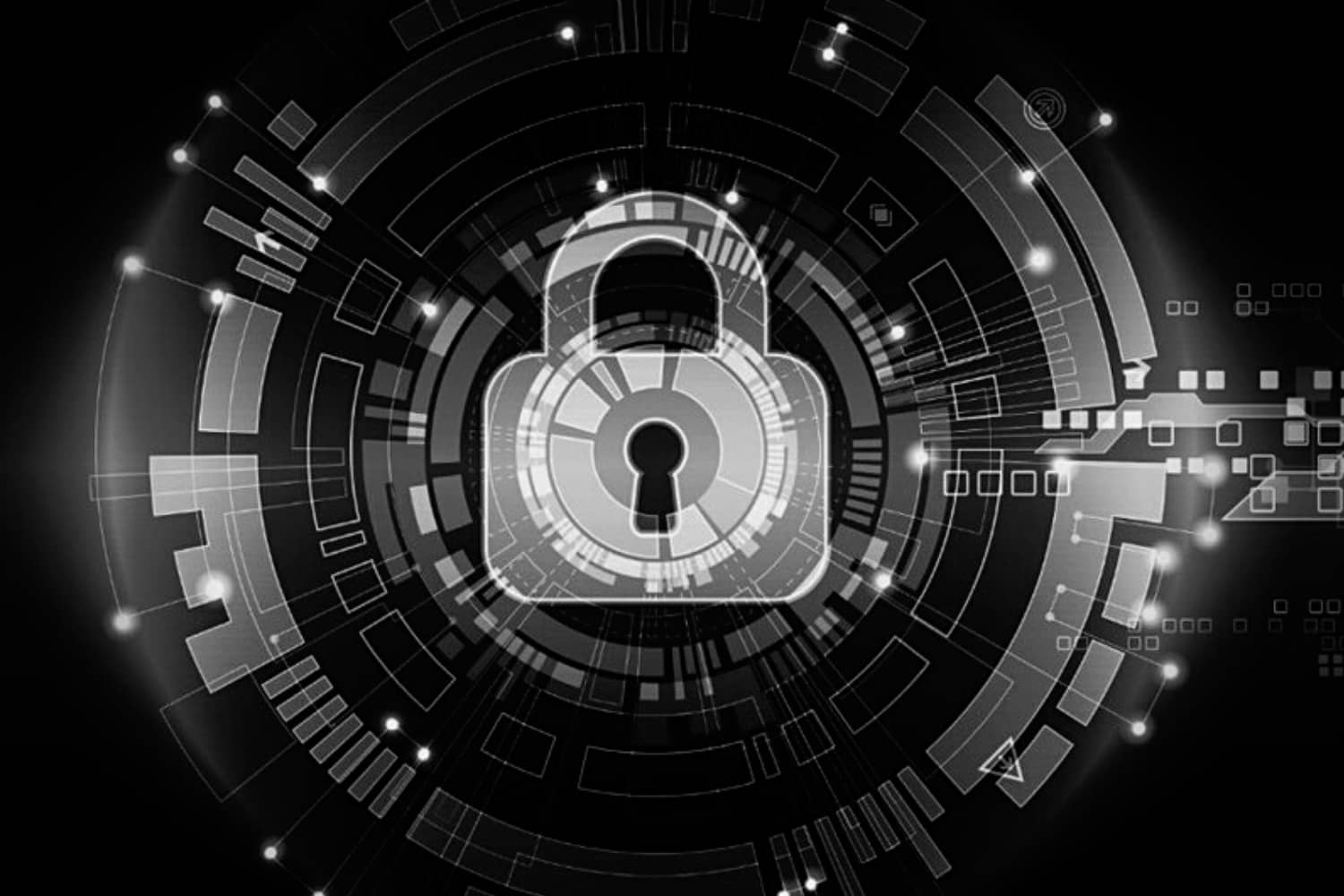
15 Oct Quantum Security To Meet The Needs of 6 Googles
Startup brings radical disruption to cyber defense

Ottawa, Canada – Oct. 15, 2021
Cybersecurity issues and attacks are quickly becoming a day-to-day struggle for enterprises, governments, and developers worldwide.
A flurry of new threats have emerged as side effects of a global pandemic that made remote working more commonplace and cybersecurity statistics reveal more data breaches already in 2021 than all of last year.
Yet surveys over the past decade estimate far too many organizations have not assessed the readiness of their response teams meaning the first time they do could be in the middle of a cyberattack, or even worse, an attack from a quantum computer.
To address today’s growing cybersecurity threats as well as the threat posed by quantum computers tomorrow (these computers are literally billions of times faster than classical computers), Quantum-security start-up Quantropi recently developed and deployed what they’re calling Digital QKD. That is, quantum entropy (quantum-secure random numbers) deployed over today’s Internet, anywhere on the planet (or space), at network speeds. Say goodbye to prevailing photonic Quantum Key Distribution (QKD) as we know it.
So what was the big announcement?
On Aug. 26, 2021, Quantropi announced the results of a demo of its new and patented SEQUR™ technology (aka Digital QKD). A portion of the demonstration was enabled by CANARIE, the federal partner in Canada’s National Research and Education Network (NREN). CANARIE’s participation in the demonstration leveraged existing network infrastructure to support Quantropi’s solution and the evolution of the Canadian quantum ecosystem.
Quantropi’s QiSpace™ platform generates quantum-secure random numbers for provisioning to enterprise customers in the form of SEQUR™ Quantum Entropy as a Service. Quantum Entropy is used to privately create strong, trusted keys, which were then quantum-securely encrypted and distributed around the world on TODAY’s Internet. The company leveraged CANARIE’s ultra high-speed network infrastructure to demonstrate QiSpace™ SEQUR™ Quantum Entropy as a Service in a real-life environment.
Where was the quantum entropy transmitted?
The QE originated in Ottawa, Canada. From there to Edmonton, Alberta. Then to San Francisco and New York in the USA … to London and Frankfurt in Europe, and finally ended almost 15,000 kilometers away in Singapore. The demonstration achieved speeds in the megabits per second — as high as 100 Mbps to Edmonton, as low as 14 Mbps to Singapore.
“Let’s translate these results to the business world,” said Michael Redding, CTO at Quantropi. “If a 32-byte AES key is the standard, we’re transmitting anywhere from just under 400,000 (Edmonton) down to 55,000 keys per second (Singapore). To get your head around this, Google — representing ten times the traffic of any other site on the planet — requires an estimated 64,000 32-byte keys per second. So just from our small beta server in Ottawa we can support anywhere in the neighbourhood of one to six Googles per second. With every single key delivered as secure from any attack — classical or quantum.”
Thirsty for more? Listen to Quantropi CTO Mike Redding on Cybercrime Radio. The interview covers this announcement, Digital QKD, the quantum threat and more!
“Now compare that performance to conventional QKD,” Mr. Redding continued. “At 20 kilometres QKD can get to roughly 10 megabits, or half a Google — that’s already less than what we achieve at 15,000 kilometres. And beyond 100 kilometres QKD goes to zero; it cannot operate. So, what we are demonstrating here is a radical disruption, by quantum-securely distributing keys across huge distances, over any network. The distribution occurred over both the CANARIE and Cybera high-speed research and education networks and the commodity Internet, so there are no dependencies on what network technologies are deployed. They might be using undersea cables, microwaves, satellites … it doesn’t matter, we don’t care. And that’s a game-changer.”
Why is quantum entropy (true random) important?
An encryption key is a random number used to determine how the algorithm will encrypt data. But if the same key is used to encrypt identical data, the encrypted form will also be identical. This lowers security and creates vulnerabilities to exploitation, such as replay attacks. To achieve the full security potential of encryption algorithms such as AES, true random keys must be used. And Quantropi is the only company on the planet providing true random numbers quantum-securely transmitted over today’s Internet. Enterprises, governments, and developers globally can use Quantropi’s SEQUR™ Quantum Entropy as a Service today to harden their AES today and ensure immunity from quantum attacks tomorrow. As this confident start-up says in its tagline, Bring it on!

Quantropi, Inc., is a Canadian Cybersecurity company that delivers novel, end-to-end quantum-secure data communication solutions uniquely capable of all three cryptographic prerequisites: Trust, Uncertainty, and Entropy.
Powered by quantum mechanics expressed as linear algebra, only Quantropi’s patented “TrUE” technologies: (1) establish unquestionable Trust between any two parties via MASQ™ asymmetric quantum-secure encryption; (2) provide Uncertainty to attackers, rendering data uninterpretable forever, via QEEP™ symmetric quantum-secure encryption; and (3) distribute SEQUR™ Entropy, the strong keys and ultra-random numbers that enable quantum-secure data communications — over unlimited distances, at network speeds, using today’s Internet.
All Quantropi’s TrUE quantum-secure key generation, encryption & distribution solutions are accessible via the company’s flagship QiSpace™ platform. By offering an easily deployable, cost-effective and effortlessly scalable solution that enables organizations to progressively upgrade towards 100% quantum security, forever, Quantropi’s vision is to protect Truth & Trust beyond the information age. Bring it on.




